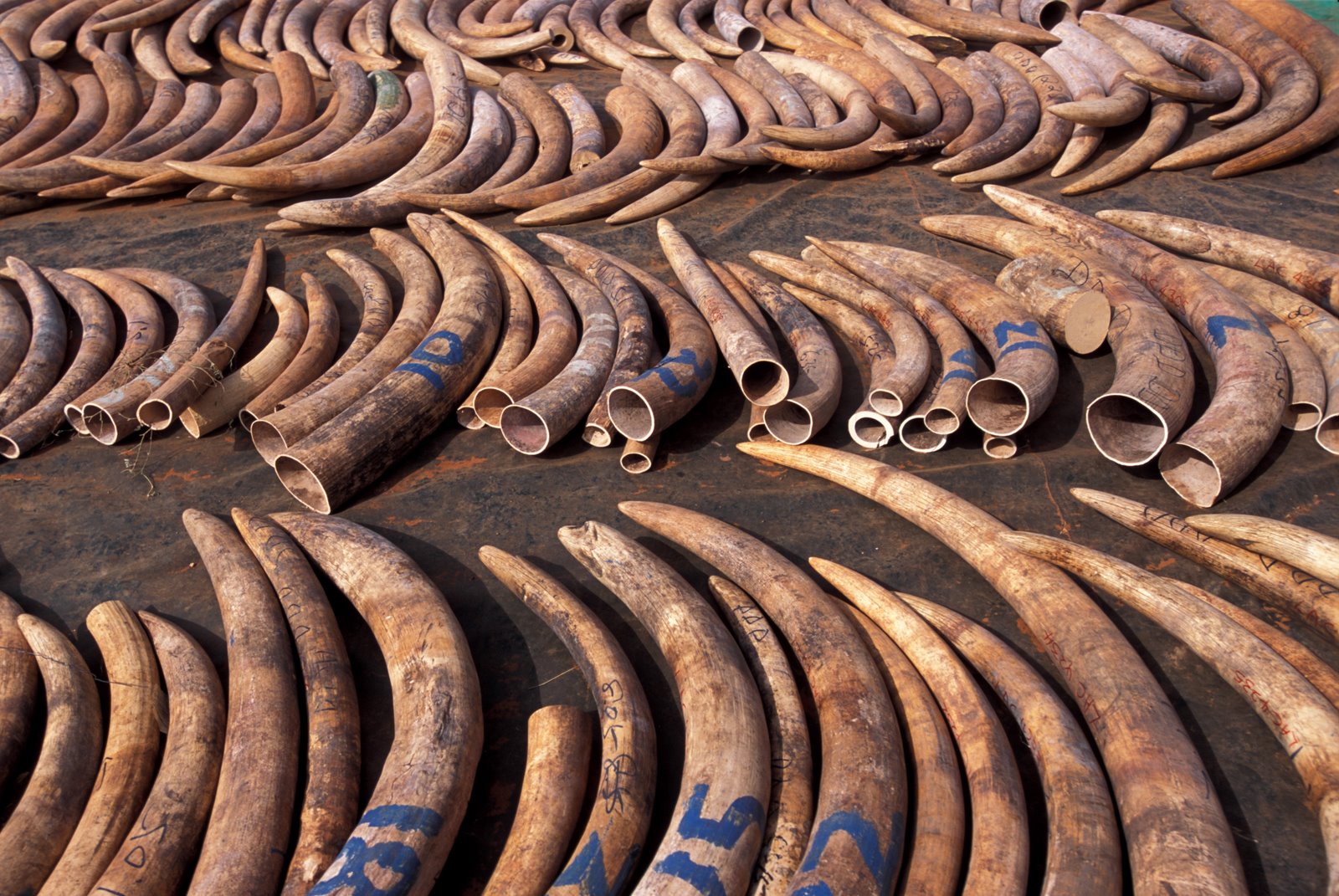Fetching close to $1,500 per pound, ivory ranks fourth in black market items just behind narcotics, weapons and humans.
Governments across the globe are working to crack down on the ivory trade, which has led to an increase in counterfeit ivory production.
Smithsonian biologist Janine L. Brown at the Smithsonian Conservation Biology Institute, in collaboration with Thai scientists Kittisak Buddhachat and Korakot Nganvongpanit, has been working on a new frontline method to help authorities rapidly identify counterfeit ivory goods, Smithsonian Insider reported.
Their research was published in a recent issue of the journal Forensic Science International.
The technique uses reflected X-ray beams bouncing off of an object to identify its composition. It isolates the “elemental signatures of objects with a mineral composition”, to discriminate between different samples, within a discrimination limit, Brown explains.
“The discrimination limit is similar to the sensitivity of the reading and gives us the information we need within a certain probability.”
This technology has already been adapted for crime scene analysis, where it is used to identify bone from a sample of material collected from a crime scene.
The next step is to adapt this device to test for and identify environmental contaminants.
“Although the calibration would be different, this device could be used to determine the presence of environmental contaminants, and possibly what those contaminants are as well,” he said.
This would have broad-ranging applications for various scientific disciplines.


